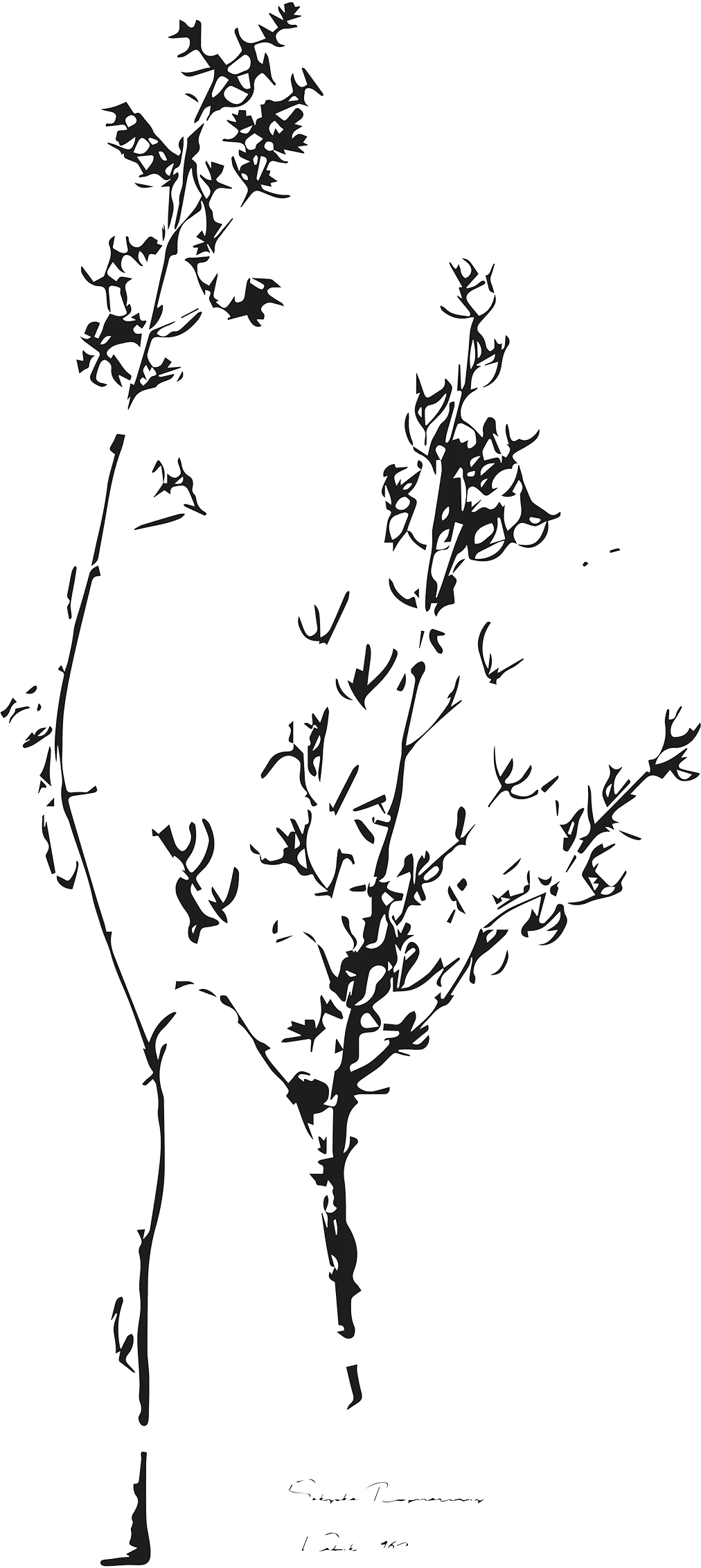The Pin Project Viewed from the Ground: A Guest Blog

Fig 1. The Pin Project Viewed from the Ground [source unknown]

Fig 2. Bara'ah (left), a 28-year-old Syrian and Sameeha, a 35-year-old Syrian [source unknown]
The Pin Project is an initiative ISHKAR launched on Kickstarter last year. We raised over £63,000 to provide jewellery training and work for displaced people living in Burkina Faso, Turkey, Jordan and Afghanistan.
Sofya Shahab is a PhD candidate at the Alfred Deakin Institute, Melbourne. Her research employs anthropological methodologies to explore the impact of heritage destruction in Iraq and Syria.
Upon my entering the workshop, everyone is already at their workstation and so engrossed in their tasks, that my arrival is almost unnoticed, with only minimal murmurs to greet me. It’s Friday and the first day of Ramadan, the last day of the Pin project. I can sense the industrious focus is consuming the group as they solder, weld, cut and clean the brass kites that have been designed as a symbol of hope.

Fig 3. Moutaz, a 29-year-old Iraqi trainee [source unknown]
The Project has been a 4-week pilot to train refugees in Jordan on handcrafting jewellery as part of a small-scale cash for work initiative. Despite the limited economic opportunities, the buzzing atmosphere testifies to the social and community cohesion enabled by the environment; friends hop from one workstation to the next and fuss over Ahmad - the youngest member of the team at three and a half years of age.
Among those I talk to at the workshop are engineers, teachers and students, all of whom have had their careers and education disrupted. While the Jordanian government is now issuing work permits in some sectors such as agriculture and food production, life feels like it is on hold as we wait for their visas to be processed and resettlement in Europe, Canada and Australia. Jordan now has a culture of transit.

Fig 4. Raghad, a 26-year-old Iraqi living in Amman [source unknown]
Maintaining cultural identity is challenging in displacement, especially for groups such as the Assyrians and Chaldean, for whom community is a core component of how they practice and maintain that identity.
"There aren’t many people here to practice our traditions, the communities are mixed. Usually everything takes place within the community. But now all the families are separated" one of the trainees tells me.
However, The Pin Project has provided a micro community, a break from the monotony from their life in Marka (north-east of Amman) which one of my Jordanian friends describes as ‘a difficult place to live’, housing as it does one of the six Palestinian refugee camps established in 1968. Now, Marka also plays host to an expanding number of Assyrian refugees, particularly from Iraq.
Projects like this are essential for not only creating work, they help rebuild communities and revive a sense of pride among those they help.

Fig 5. Raghad, a 26-year-old Iraqi living in Amman [source unknown]
“Iraqis were some the first people to be sculpting stone, so I feel that I am doing something that is part of my culture by using my hands. I am so excited to be in the project, I feel really good from having a piece from scratch and turning it into something useful. It is good to do it by hand and not by machine because then you feel there is a connection to the piece. I am an electrical engineer graduate so I like designs and this feels like the closest thing I can do to that.”






